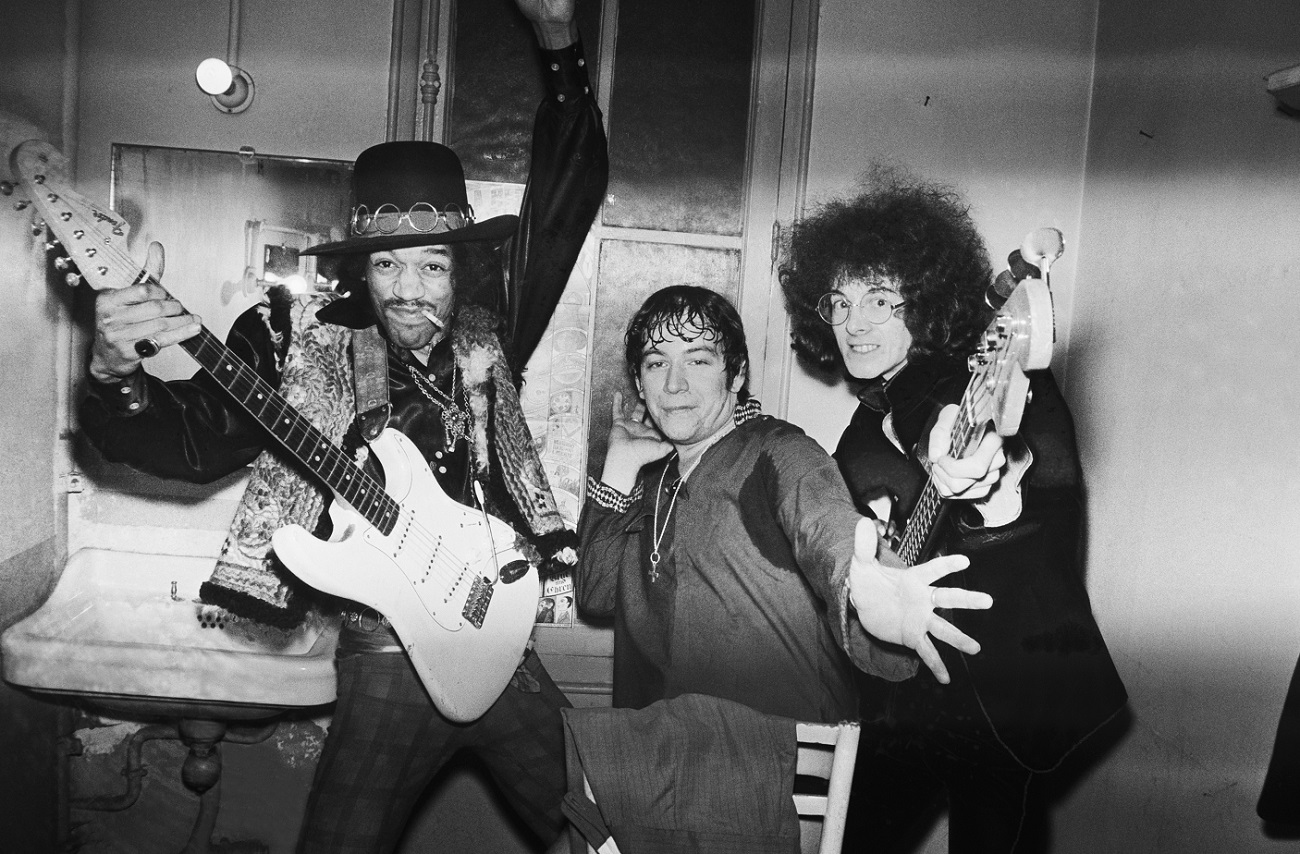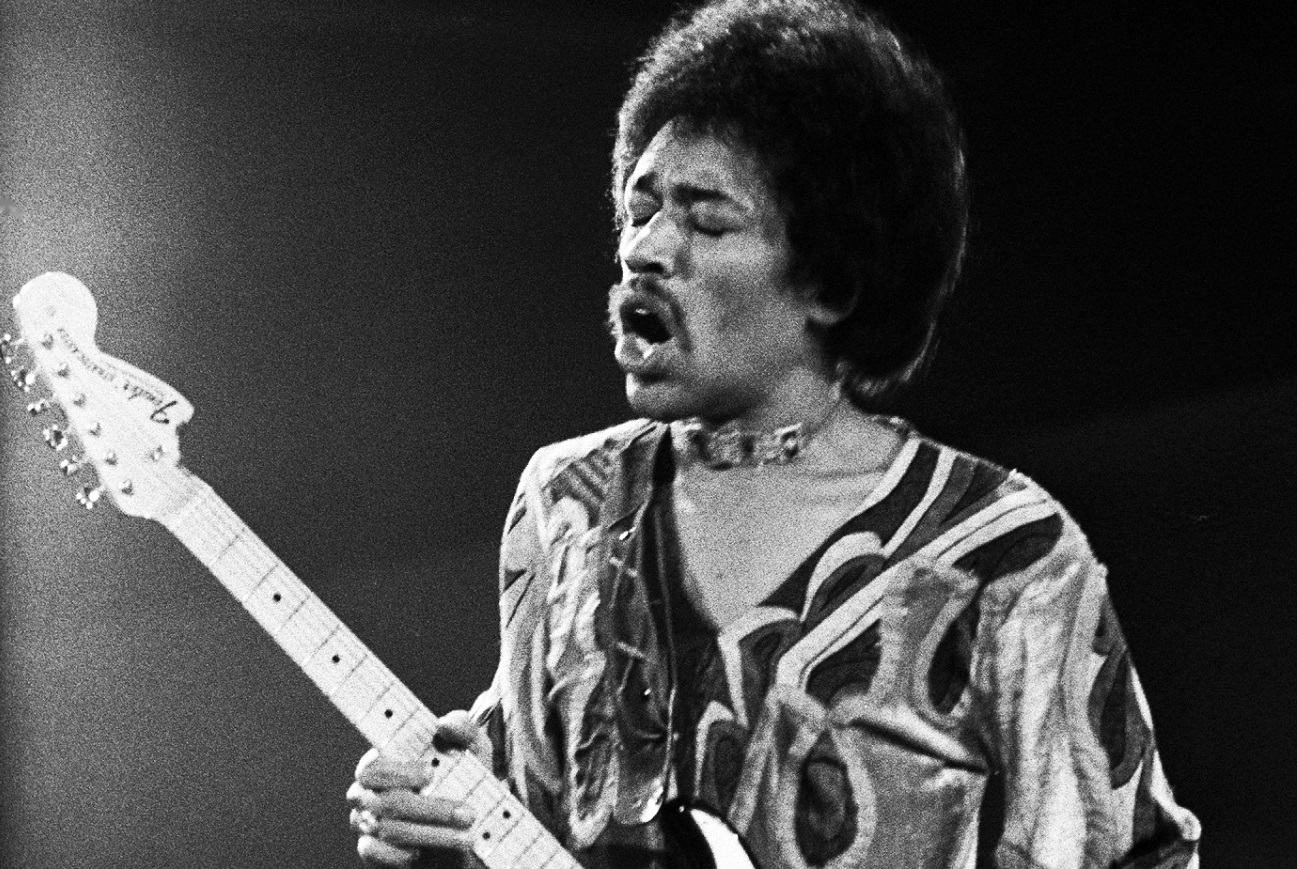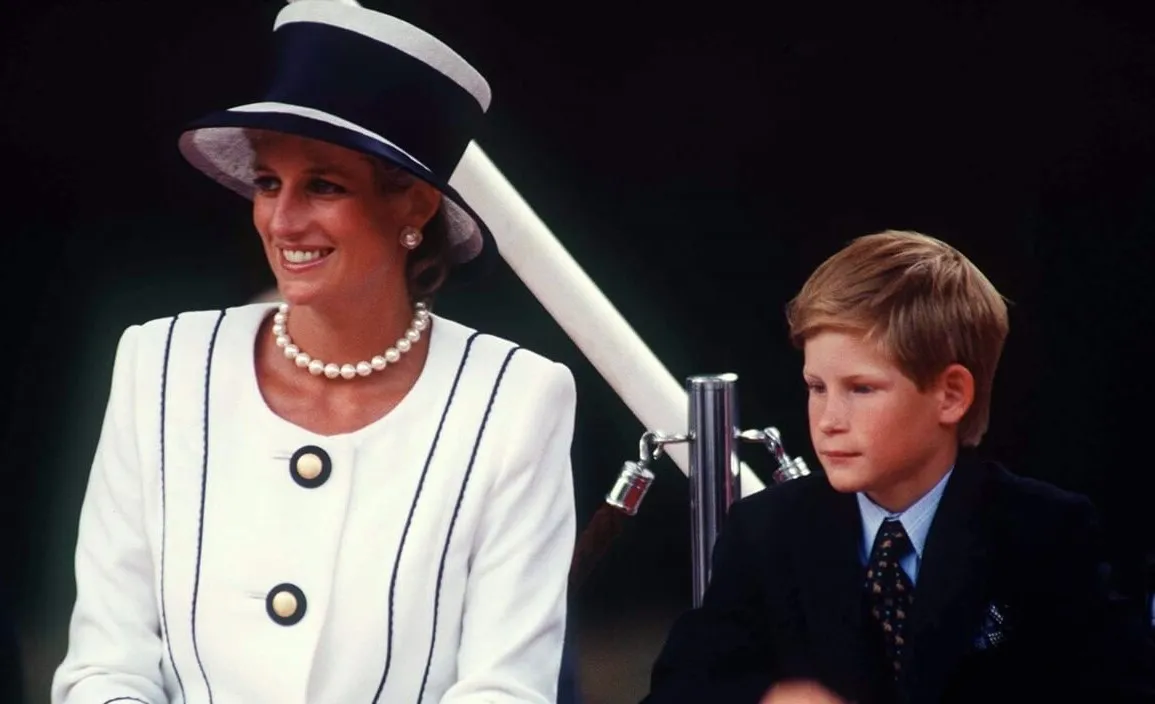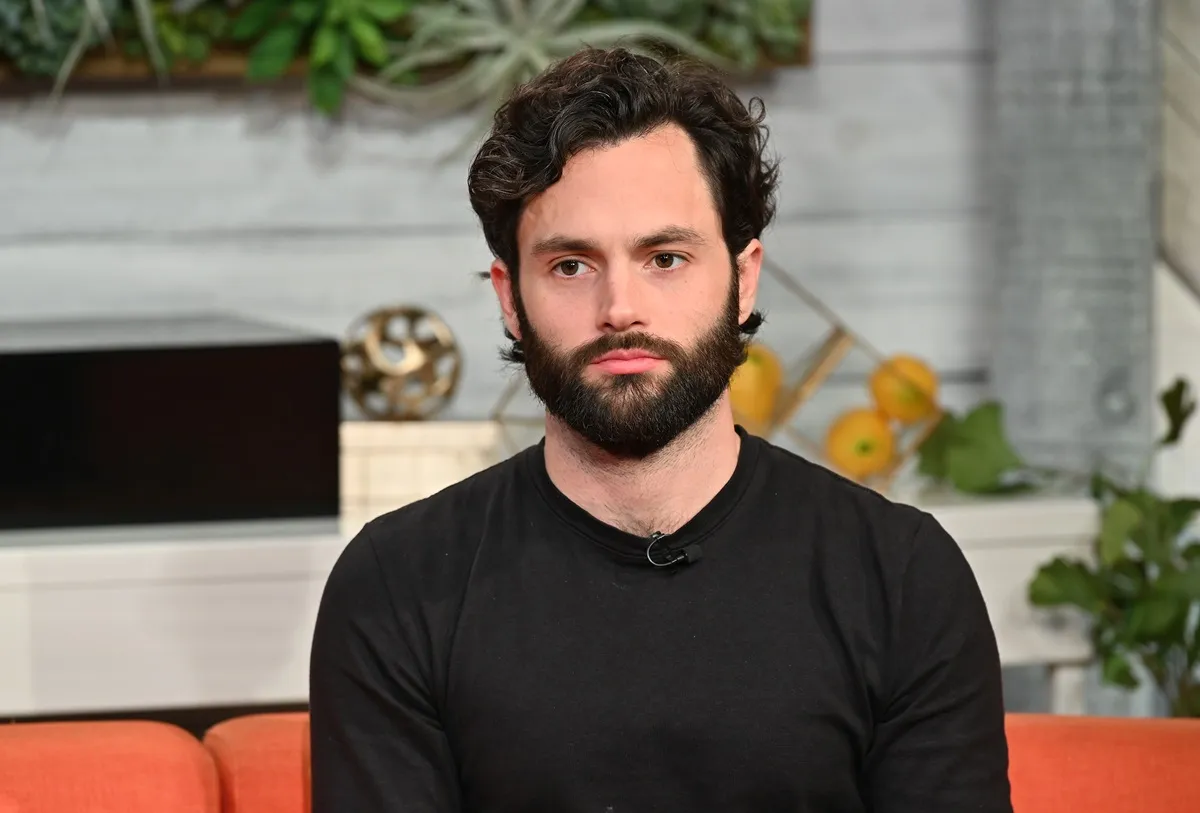Rumors That Jimi Hendrix Committed Suicide Centered Around Late Hendrix Lyrics
There’s no question that Jimi Hendrix was in a fragile state at the time of his death on September 18, 1970. A few days earlier, he’d pleaded with Chas Chandler, his first manager, to help him finish an upcoming album. Then he called New York and asked engineer Eddie Kramer to fly to London with the existing recordings.
Kramer, who’d worked with Hendrix from the start and had just finished building Electric Lady studio, was stunned by the call. He told Hendrix he’d see him back in New York in a few days. That episode capped off a disturbing week that began with a band manager refusing to allow Hendrix to jam with Eric Burdon’s band War.
Imagine telling Jimi Hendrix he couldn’t jam with your band… But that’s where Hendrix was about a week before his death. And when Hendrix’s panicked girlfriend contacted Burdon to tell him she could couldn’t revive him on the 18th, his life was already ending.
The headlines after Hendrix’s death ranged from misguided to misleading. Among claims of a drug overdose in the press, Burdon himself helped spark the rumor that Hendrix had killed himself. Burdon later changed his story and said he regretted the statements.
Animals and War singer Eric Burdon spread the rumor Jimi Hendrix committed suicide

When you try to piece together the details of Hendrix’s final hours, you can understand the confusion following his death. On his last night alive, he spent most of the evening at home with his girlfriend Monika Danneman. Though he visited friends for a short while after midnight, he was home and not doing drugs at a reasonable hour (around 3 a.m.).
After that, he and Danneman had something to eat and stayed awake until daylight. Then Danneman took a prescribed sleeping pill and went to bed. Hendrix apparently did as well, though he took nine of them — 18 times the normal dose of a half tablet.
In the morning, Danneman couldn’t wake Hendrix and began to panic. She called Burdon, who told her to call an ambulance. After the ambulance arrived, medics took him to the hospital where Hendrix was pronounced dead. Sometime after that moment, Burdon saw a poem Hendrix had written in the days before his death.
In Chris Welch’s Hendrix (1972), the author describes how Burdon gave an interview to the BBC three days later. Burdon not only said Hendrix killed himself; to another outlet, Burdon described Hendrix’s poem “The Story of Life” as a “suicide note.” And the press ran with that.
The London press began calling Hendrix’s death an overdose but picked up the false ‘suicide’ claim

Obviously, the tabloid press will run with the most sensational story available, and London reporters started by calling Hendrix’s death a drug overdose. In Hendrix, Welch cited one newspaper that referred to Hendrix as a cocaine addict. (He was not.)
In John McDermott’s Hendrix: Setting the Record Straight (1992), the author describes how Burdon’s comments shifted to the press focus to “suicide.” Burdon had referred to the Hendrix poem, which included the line “No use in feeling lonely / I am searching to be free.”
Later, Burdon took back the suicide claim and said he deeply regretted the interview. But false stories can get and keep their hold on people (as we keep seeing in 2021). And that’s clouded the record of how Hendrix actually died, which was by choking on his own vomit.
Though he’d taken too many sleeping pills, the coroner noted he could have taken many more. (There were at least 40 in the bottle.) So Hendrix hadn’t overdosed on recreational drugs. And the coroner found no evidence it was a deliberate attempt on his own life. “The question why he took so many sleeping tablets cannot be safely answered,” the coroner said, via Welch.


